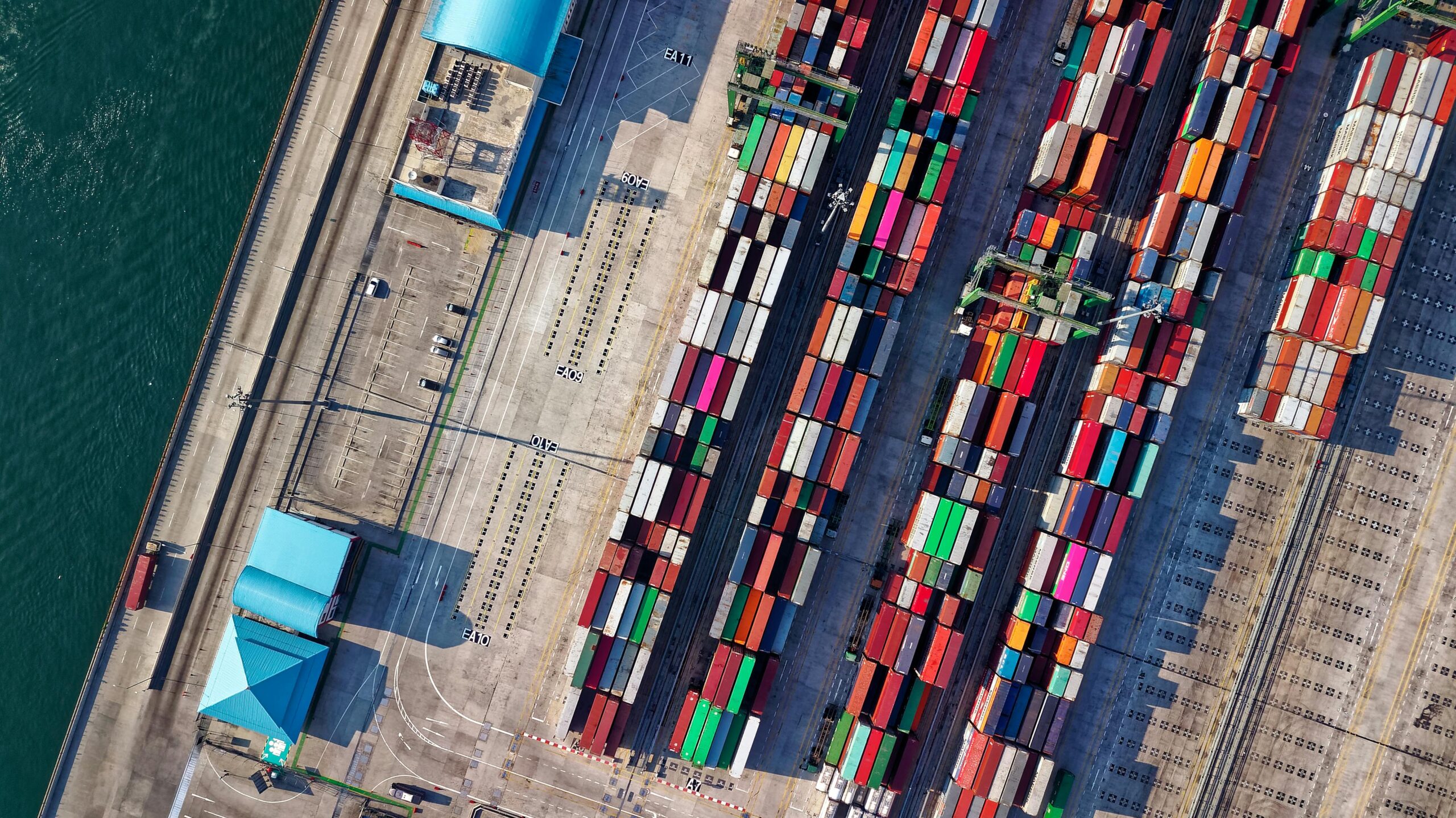contributors

Graham Leary
Senior Consultant
share article
Tariff regulations are constantly shifting, and waiting to see what happens isn’t a strategy. Nearly every organization whether you’re a supplier, customer, or competitor—is affected. The real question is: Are you responding or getting ahead?
Significant adjustments to your supply chain can be costly and time-consuming, but they may sometimes be necessary. However, organizations must also consider opportunity costs, competitiveness, and the impact on customer service before making drastic changes. Our experienced consulting team has outlined strategic recommendations to help your organization navigate the current tariff impact on supply chain with confidence and a structured approach.
Current Tariff Landscape:
As we have seen so far in 2025, the tariff landscape is in constant flux with new tariffs being proposed, then removed and/or delayed, as well as implemented. There is no reason to expect this to change in the near term. Tariffs are often used as a negotiation tool to bring trade partners to the table for new agreements including non-trade related components. With inflation still running higher than targeted policymakers could temper the use of tariffs in the future. But there is no guarantee for that to be the case.
Where to Begin: Acting with Purpose and Precision
Knee-jerk reactions to tariffs can be just as costly as doing nothing. The key is acting with intention and precision—carefully aligning current procurement cost management efforts with smart, forward-looking investments to avoid getting caught off guard by the next policy shift.
To strike the right balance between investment and risk management, we recommend a focused approach in three key areas:
01.
Primary and Secondary Supplier Analysis
Identify purchases most vulnerable to tariff impact on supply chain
02.
Enhancing Negotiation Strategies
Strengthen internal capabilities to manage supplier price increases effectively
03.
Customer Communication Planning
Proactively address client concerns and maintain trust
A critical component of this approach is having visibility into specific product profitability and scenario analysis. Understanding the financial impact of tariff-related cost changes allows organizations to make informed decisions about supplier relationships, pricing strategies, and potential shifts in sourcing.
Recommended Actions: Supplier Analysis to Identify Cost Exposure
Primary Supplier Assessment
To evaluate initial exposure, in the first phase, analyze the top 40-60% of your cost of goods sold (COGS) and identify domestic and imported suppliers, along with their country of origin. From there, conduct a risk assessment based on:
- Existing tariffs affecting these purchases
- Potential future tariffs under consideration
- Current alternative suppliers and their viability
Secondary Supplier Assessment
Conducting a secondary supplier analysis can provide further insights:
- Assess whether domestic suppliers rely on imported components.
- Identify potential downstream tariff risks.
- Establish transparent communication with suppliers to facilitate collaborative planning and avoid unexpected disruptions.
Having a clear Delegation of Authority (DOA) for supplier contracting termination clauses with centralized review can be a critical safeguard. If tariff-impacted sourcing relationships begin to drive profitability south, companies need the ability to pivot quickly—whether by negotiating alternative terms or shifting supply chains with minimal operational disruption.
Negotiation Strategies: Controlling Costs Amid Tariff Uncertainty
Tariffs often become a default justification for suppliers to raise prices—even when not directly applicable. This puts the procurement teams and buyers in the position of challenging price hikes and validating cost drivers.
Case Study: How a Leading Retail Chain Took Control
During the 2018 tariffs, a major retailer faced widespread supplier price increases, often with vague references to tariffs as part of the rationale. My team and I helped the company take two decisive steps:
01.
Upskilling Buyers
Forty senior buyers underwent intensive training on negotiation strategies for buyers, then cascaded best practices across their teams.
02.
Implementing a Structured Review Process
A data-driven review, led by Sourcing and Finance, evaluated price increases above a set threshold. Buyers were required to present clear, data-backed justifications, to a weekly executive review committee.
These measures significantly slowed cost increases and, in many cases, led to new supplier concessions.
Customer Communication: Keeping Clients Informed & Confident
In times of uncertainty, companies often focus inward—analyzing risks and adjusting strategies—while neglecting proactive communication with customers. However, just as your organization is assessing risk, your clients are likely doing the same.
Demonstrating that you have a plan in place can reinforce trust, differentiate your company from less-prepared competitors, and strengthen customer relationships.
Best Practices for Customer Engagement:
- Leverage executive-to-executive meetings (“top-to-tops”) – Keep leadership aligned on strategies and challenges
- Incorporate updates into vendor days & sales team agendas – Use existing touchpoints to reinforce stability and commitment
- Develop clear communication materials – Provide transparency on how your company is mitigating risks and protecting customer interests
- Highlight cost impact – Clearly communicate any potential cost increases that may need to be passed through, ensuring timely guidance.
RGP’s Holistic Approach
RGP and our family of brands—Veracity, On-Demand, and Countsy—know that tariff impact of supply chain aren’t happening in a vacuum. Financial modeling alone won’t fix supply chain challenges. That’s why our approach brings together Finance, Procurement, Supply Chain, and Risk subject matter experts so you get the full picture, not just pieces of it.
Let’s talk. If you’re looking for a smarter way to navigate tariffs, one that helps you stay ahead instead of scrambling to adjust, we’ve got the team to help. Contact us today to learn how we can help you analyize supplier risk, optimize profitability, and build resilience in a shifting tariff environment.





